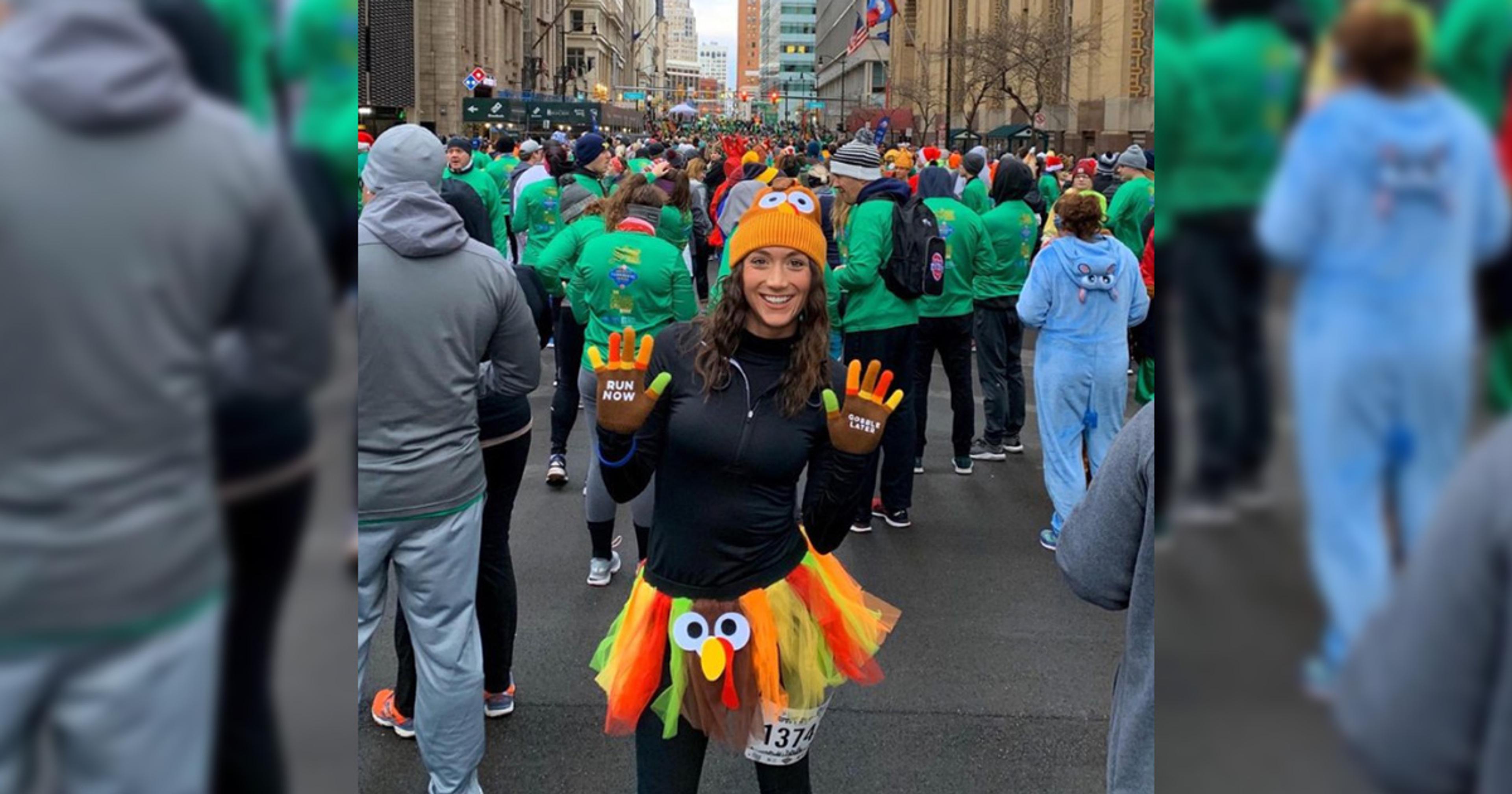Accessibility Series: Apps for People with Disabilities
Shandra Martinez
| 3 min read

People without disabilities sometimes take for granted how easy it is for them to complete everyday tasks. They can zip into an open parking spot without worrying about whether they can safely exit their vehicle. They can quickly read the map feature on their cell phone, or send a quick text to a friend to confirm a dinner date.
But for people with physical or cognitive disabilities, these everyday tasks and many more can become obstacles to living their life to the fullest. That’s where accessibility assistance comes in, this time in the form of an array of apps designed for people with disabilities.
Helpful apps
These types of apps are becoming increasingly common, and with good reason. In Michigan alone, more than 2.3 million adults self-identify as having some form of disability, according to the state. As technology evolves worldwide, more apps are being designed to assist those with all types of disabilities.
Some are transportation-based, showing users the accessible parking spots nearby reserved for those with disabilities. Other apps are speech-based, giving a voice to a person’s text messages. Still others are designed for those with visual disabilities, connecting them with a volunteer who can describe what’s in a photo or video – whether it’s an item in a bakery or a work of art.
Where to find these apps
Most of these apps work on both Android and iOS devices, including smartphones and tablets. Websites like access2mobility and trend.able offer lists of useful apps to make everyday life easier for those with disabilities. Here’s a sampling of some of the most useful types of apps out there:
Assistive Touch: Some people might have trouble using the finger-based controls on their smartphone or tablet. For people with dexterity or hand-eye coordination issues, zooming in on an email or even pressing the home button can be difficult. This app can help people use devices without touching them, navigating volume control, home buttons and more.
Lyft: This transportation app can bring a driver and vehicle to your location, but it can also provide wheelchair-accessible vehicles. Some Lyft drivers even operate vehicles that can accommodate motorized scooters and non-folding wheelchairs. And service dogs are always welcome.
Wheel Mate: This app helps on two different levels. First, it provides users with a list of wheelchair-accessible parking spots, ensuring that once someone parks in a space, they will have enough room to maneuver out of their vehicle. The other thing this app provides is the location of wheelchair-accessible bathrooms.
CogniFit: Think of this one as a game app for brain exercises. Brain fog, memory issues and cognitive decline can limit a person’s abilities. Apps like this can help people give their brain a workout and even take memory quizzes.
Be My Eyes: This app is for people with visual disabilities. It connects them via a direct video link with a volunteer who offers to help them navigate in real time. This could mean a walk through an airport, a grocery store or down a city street.
Roger Voice: This app can be used by someone who is deaf, or hard of hearing. It uses voice recognition technology to transcribe one person’s side of the conversation for a person who cannot hear it, that way enabling a two-way conversation in real time.
Related:
Photo credit: Getty Images





